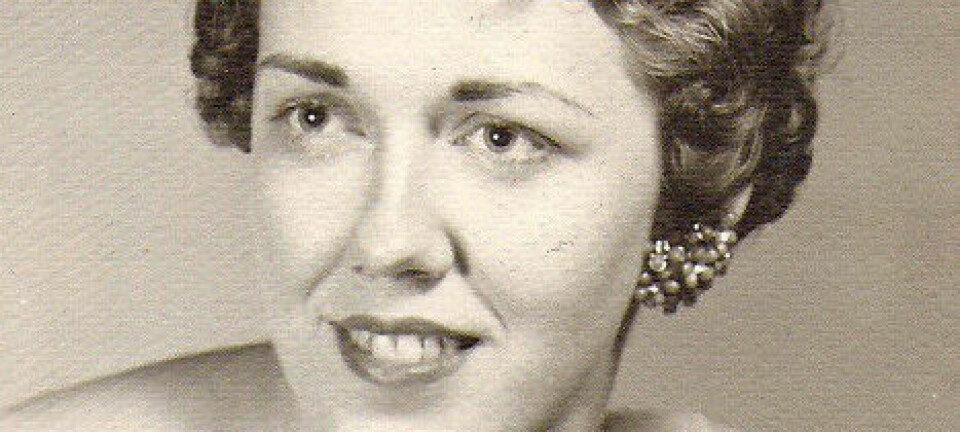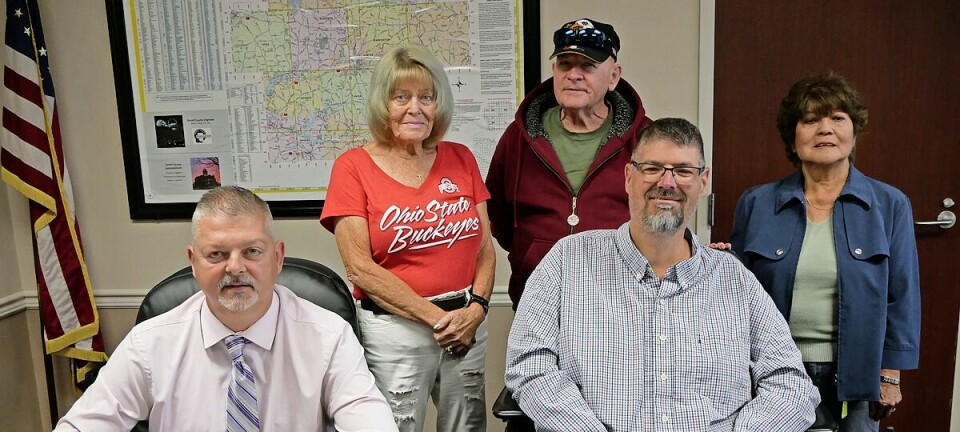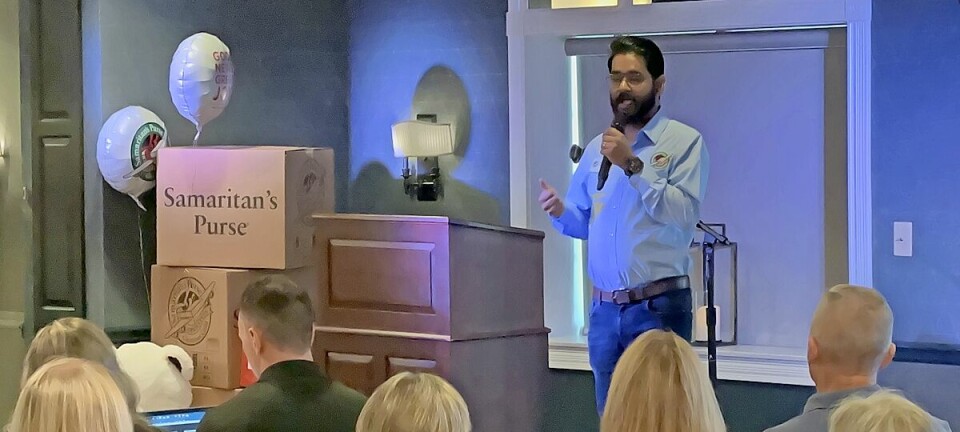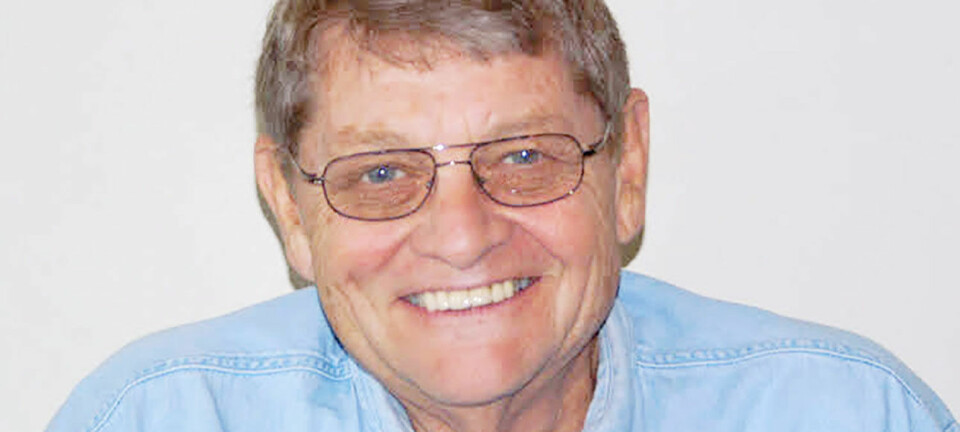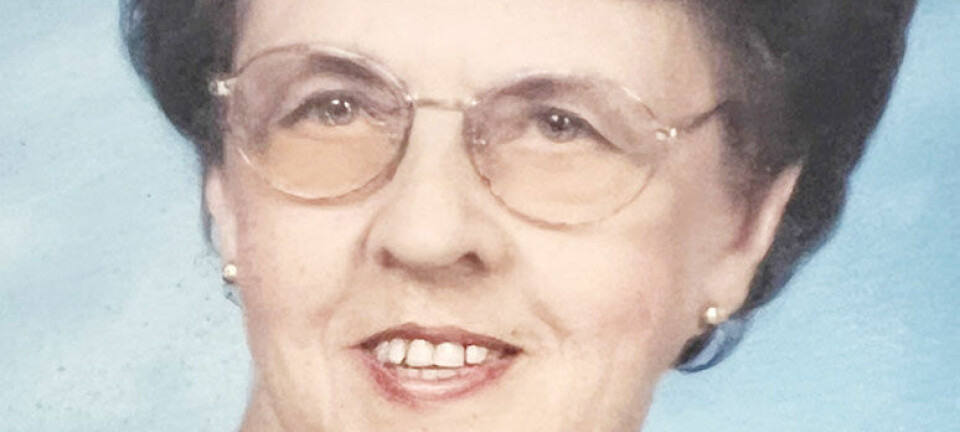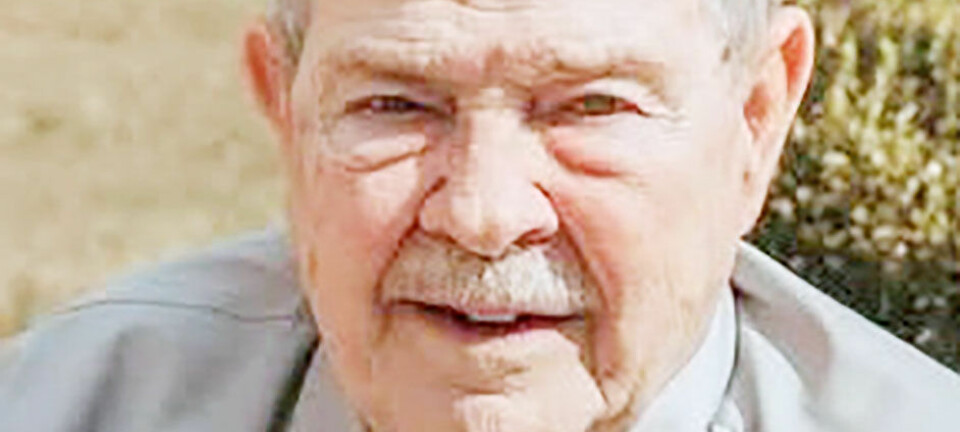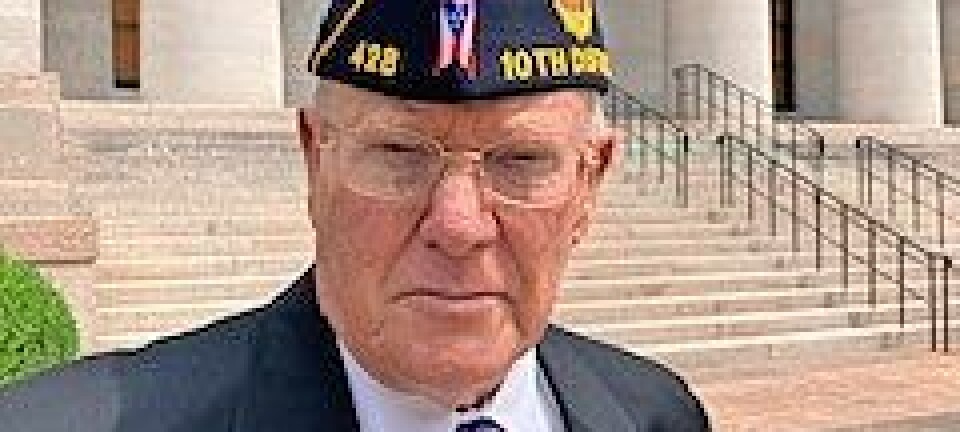Richardson’s efforts preserved county’s history

J.M. Richardson was an educator, lawyer, writer and orator whose efforts to preserve Tuscarawas County’s history and share it with the common person are noteworthy. His “A Brief History of Tuscarawas County, Ohio,” published in 1896 by the Bixler Printing Company in Canal Dover and available today in its digital version at digitalcommons.cedarville.edu/cgi/viewcontent.cgi?article=1106&context=pamphlet_collection, is recommended reading for local residents and visitors of all ages.
Julius Miller Richardson was born in Tuscarawas County on a farm in Sugarcreek Township on Nov. 4, 1862, as written by John H. Lamneck, judge of the Court of Common Pleas of Tuscarawas County, in his book, “These Are My Jewels,” published by Strasburg’s Gordon Printing Company in 1966.
Richardson attended the public school in Shanesville and later at the New Philadelphia Normal School, a comprehensive school of the day. At age 17 he began his teaching career in a country school in Sugarcreek Township.
Richardson married Lena Brick in a ceremony in Tuscarawas in June 1884. The couple had one son, Clarence M., born in 1886, and three daughters — Elizabeth A., born in 1885; Gertrude, born in 1897; and Catherine, born in 1901.
It was during his years at the Mineral City Schools — serving as teacher and later as superintendent from 1890-1901 — he wrote “A Brief History of Tuscarawas County, Ohio.” It was around this time Richardson became editor of a new Amish newspaper — The Budget, first published May 15, 1890.
As the preface of “A Brief History of Tuscarawas County, Ohio” states, “We have no apology to make for writing this brief history of Tuscarawas County other than to state that it resulted from a desire, on our part, to place the history of our county within easy reach of the boys and girls, especially the pupils of the public schools. All previous publications are so voluminous and high priced. A newly settled country like ours, into which civilization has been transplanted from older countries, is without the legend and folk lore. The life of the story largely consists in the child’s acquaintance with the locality or the proximity it bears to him with respect to time and place.”
Chapter one of “A Brief History of Tuscarawas County, Ohio”begins with one of the best summaries of the origin of the name Tuscarawas for the county.
“The Tuscaroras of North Carolina migrated northward in the year 1711 and became part of the [Indian] Confederation, afterward known as the Six Nations. In one of the Indian dialects, the name means ‘open mouth.’ The definition given by Heckewelder, Moravian missionary and David Zeisberger’s chief assistant, is probably more correct. He says Tuscarawas means ‘old town’ and that the oldest Indian town in the valley was situated near the present site of Bolivar and was called ‘Tuscarawa.’”
Richardson was later superintendent of the public schools at McConnellsville, Ohio, where he served from 1902-10. During this time he studied law, and his preceptor — a lawyer who monitored Richardson’s law studies and apprenticeship — was Charles H. Fouts of McConnellsville. Upon examination before the Ohio State Bar, Richardson was licensed to practice law on June 18, 1907.
He returned to Tuscarawas County and opened a law office in New Philadelphia, where he had a successful law practice until the time of his retirement on June 1, 1938. While Richardson had no law partners, he was periodically associated with attorney C.W. Ferrell, Probate Judge Ralph Finley and attorney Joseph J. Sani.
As a lawyer Richardson specialized in trial work and was counsel in many cases of contested litigation. He appeared in many counties outside of Tuscarawas and once successfully tried two cases in Chicago. Richardson also was a popular lecturer during his law years. For some time he was listed as a lecturer by the Grant Lyceum Bureau, a popular debate and speaker network that developed starting in the early 19th century.
Richardson also appeared before the Ohio Chautauqua, another speaker network, and at other speaking engagements. Richardson’s best-known subjects of discussion and debate were said to be the English playwright Shakespeare and Scottish poet Robert Burns.
Richardson was said to be largely self-educated, mastering all of the branches of higher mathematics without an instructor. Despite a lack of formal college training, Richardson was considered by many to be a brilliant man, having mastered English, literature, history, higher mathematics and the law, all without formal instruction.
Richardson also was considered to be very civic minded and a man of strong faith in God. Richardson was a charter member of the New Philadelphia Lions Club and a member of both the New Philadelphia Elks and Moose Lodges. Richardson was a Presbyterian and participated in several church-related activities and on committees.
Richardson died Dec. 27, 1947, at the age of 85 and is buried in Sandyville at the Greenlawn Cemetery.


